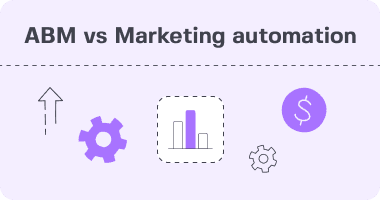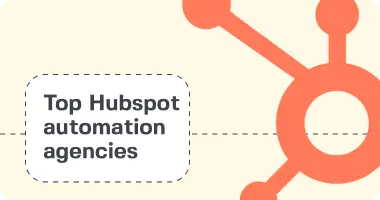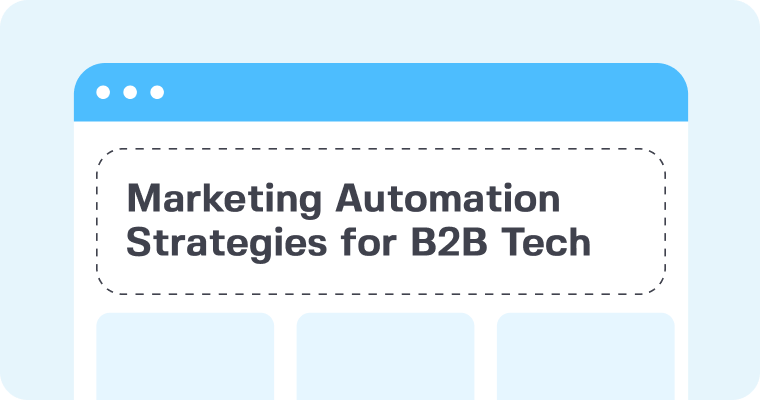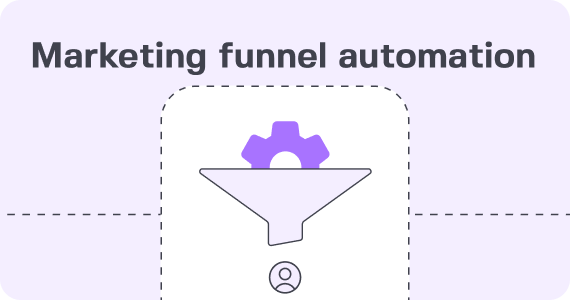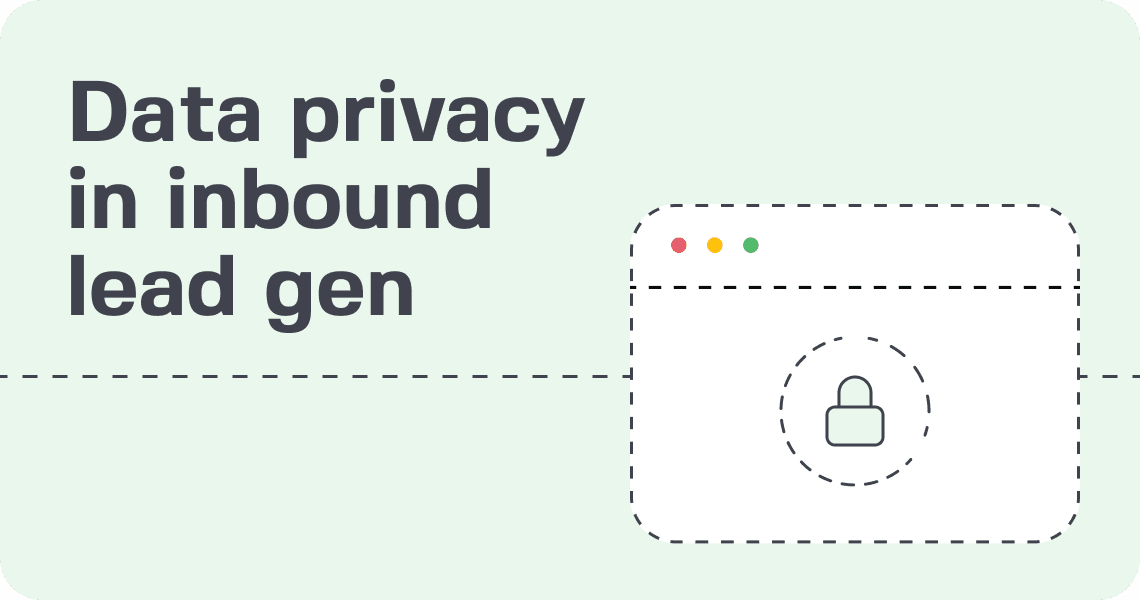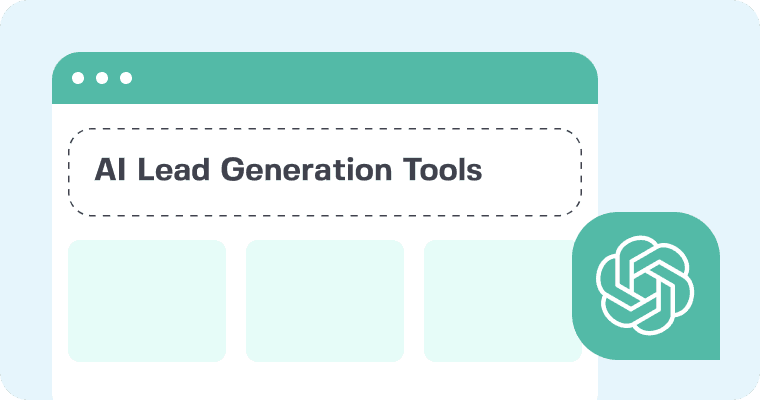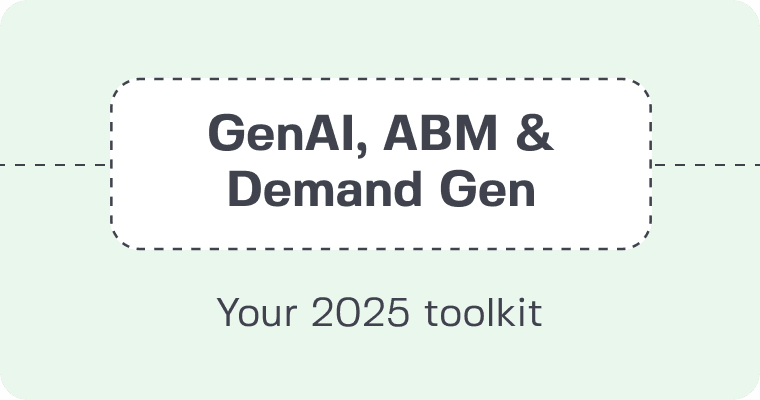By Marina Hrytsenko
Hello fellow marketers! As a young professional working in a tech marketing agency, I know how overwhelming it can be to keep up with the latest trends and tools. And in the last few months, there’s been one trend that’s been impossible to escape: AI.
Everywhere I turn, there’s another article, tweet, or post about the latest AI-powered marketing tools. It’s on TikTok, Twitter, LinkedIn, and even Upwork job listings. As a marketer, I can’t help but wonder: is AI really capable of changing my daily job?
Despite the hype, I decided to embrace the AI craze and see for myself how these tools can help me as a marketing manager overseeing global campaigns. So, buckle up and join me on a journey through the world of AI-powered marketing. We’ll explore the good, the bad, and the downright confusing. Let’s see if AI really lives up to the hype.
What’s with all the AI hype?
While AI tools have been around for a while, it’s the rapid growth of ChatGPT by OpenAI that has caught everyone’s attention. This app attracted 100 million global users in just two months, making it the fastest growing app so far, surpassing TikTok’s growth by 4.5 times and Instagram’s by 15 times. Pretty impressive, right?
The unique appeal of ChatGPT is that it’s super easy to try and you get results in just three clicks. It’s a great user activation strategy, and so far, it’s the easiest of all AI tools I have tried. It almost feels like having a free genie with unlimited capacity to fulfill your desires, especially as a marketer looking to automate and ease research and content production.
So, the boom is expected, but the question is – how can we, as marketers, use it to be more productive while keeping our skills and jobs in demand?
AI in Content creation and distribution
One of the most time-consuming parts of my job as a marketer is content creation and distribution. So, these are the types of tasks I would want to optimize as a first priority. Here are tools I tried and my review:
ChatGPT
Obviously, the first tool I tried is ChatGPT, the hype. As I mentioned above, I absolutely love how easy it is to use. As a marketer, I am overwhelmed with the amount of tools that are constantly promoted to me, and when they are too difficult and the value is unclear, my instincts tell me to move on to the next one.
With ChatGPT, I tried the following things:
- Research
Honestly, amazing. Much easier than Google, it gives you specific info for all needed criteria. Especially when I need data, no more scrolling through millions of web pages. It’s my go-to everyday research tool. The only minus is that the data is only up to 2021. When they change to have live data, this tool will revolutionize marketing research and data collections.
- Captions
When I have a text – let’s say a blog or an email – I ask ChatGPT to come up with 5 ideas for it and add the text. It’s brilliant, creative, and you can ask it to generate more and more until you find the right one.
Here is, for example, how I generated the heading for this blog!
- Hashtags for social media
Another seemingly short task that took me around 20 minutes of research. Now, I upload my post to chat GPT, mention the social media I am targeting and get a customized set of #, in 1 minute!
- Case studies
I have tried researching examples through the app, but the results aren’t satisfying. Firstly, the data is outdated, secondly, the way case studies are described is not engaging and unique. But! ChatGPT can find a list of companies that did well in, let’s say, enterprise marketing user activation campaigns, and then I would go to research the companies by myself.
- Website structure examples
With my previous positive experience in research, ChatGPT failed. I was so excited to see the best versions of a strategy page that tech marketing companies have. While the app found them, all the links didn;t work. Not sure why, but kinda frustrating
- Writing full content pieces
A big NO for me. Content is generic even if you give a lot of insights in the prompt. And, especially since everyone can do the same, such content will be completely irrelevant to the audience.Which is good news, as there is something left for me!
- Proofreading
Easier and faster than Grammarly or any other tool I’ve tried! The prompt I usually use is “Proofread without heavy contextual edits” and poof, every single grammar/spelling mistake is checked.
- Giving content a specific voice
You know, sometimes I try to create content that is funny, or bold, or straight-to-the-matter. Or, God forbid, I have to come up with jokes. Not always an easy task. So, I ask chatGPT to change the voice for me. Let;s take the intro to this blog even:
Now, let’s make it funny:
Notion’s AI feature
Notion, the all-in-one workspace that already has conquered many B2B companies, recently released its AI feature.
It is free, and works in a similar manner. What I like about it is that it is much faster than Chat GPT and has a lot of features, unlike the latter.For example. It already asks you if you want to make the text shorter/longer, choose a tone, or even “simplify the language”. In ChatGPT you have to do all the commands yourself. So, if I need a more quick interaction, notion is my go-to!
Notion’s AI works in a same way as ChatGPT,Has basic commands for you, whereas in
Copy.Ai
The largest content pieces are very generic, but Copy.AI is great for short captions. They have a lot of templates, and you can just describe a picture and get captions for instagram, for example. A bit more tricky to get quality content for B2B, in my opinion. Check it out if you want anything short and sweet.
QuillBot
A paraphrasing & editing tool that is the best out there now, in my opinion. However, I don’t really see a reason to go there for rephrasing specifically as you can do the same in chat gpt or notion for example. I would only use it specifically for paraphrasing when you are in need for creativity.
AI in visual content
In terms of visual content, I have tried my best to replace our awesome design team that knows how to visualize my every wish, and failed. While AI is great to fun around and generate futuristic images, it is not enough so far to completely cover this task in B2B space. Unless you are a Web3 company and futuristic visuals are your style:)
Dall-E 2
Does well if you know exactly what you want, and can describe it. Still, sometimes images are a bit weird for B2B space.
Synthesia.Io
This app can generate real videos from your text, with human-like avatars reading your script. But, now that everyone knows about it, it is pretty easy to spot Synthesia-generated avatars on the internet, And that is not original at all, making content from real humans behind the brand more in-need than ever.
Canva
Everybody knows Canva. It is a successful martech with its own tricks that are worth knowing, and now an AI tool too. It has a “text-to-image” feature and while it is not a complex design or always a correct visual, some images can be pretty fun. The question is, how is it much better than regular stock image apps?
Another thing I love about Canva is not really AI-related. It is the content distribution fatute. If you do not have a design team, it is easy to create all your designs yourself in the app, then connect the SMM accounts and post, all in one place. Not possible with content made outside of canva though!
Lumen 5
Out of all AI video-generation platforms I tried, this is my favorite. You just add text and boom, the motion is ready in a couple of minutes. Unfortunately, with the free version you can’t change colors and customize video styles, or make a lot of videos for that matter. I imagine that if you add your brand colors and styles, it would be pretty great. And, this app goes against the idea of putting people out there and giving a human touch
Here is what it created in a minute when i pasted it the intro of this blog:
The future of marketing: who’s gonna survive?
As a marketer, I believe that the rise of AI in marketing presents an opportunity for us to enhance our skills and knowledge. AI can automate many tasks, but it cannot replace the creativity and expertise that we bring to the table. As AI continues to evolve and become more sophisticated, it’s important for us to adapt and stay on top of the latest technological advancements to ensure our professional value.
I believe that there would be two types of professionals needed: deep experts in a niche subject and strategy gurus with a holistic long-term approach. No AI will be able to come up with years of experience and personal insights, a deep dive into one sphere. So, a professional in, say, a specific category of tech writing will be in demand.
Similarly, a person with management skills and strategic vision who will be able to understand and combine all the tools will be the one managing them, getting the most value for the long term. No wonder there are already openings for ChatGPT managers: there is AI, and those who rule it.
So, the task for us marketers is simple – be on top of technology and use it better than everyone else. Also, you need to know how to unite different tech. Marketing, then, has to be data-driven and empowered by tech. I love those TikToks that show two types of marketers with emojis: one with graphs and data, and another vide camera and notebook. Well, my friends, we all have to be these 📈📊👩💻 marketers now, and make technology work to our agvantage.


